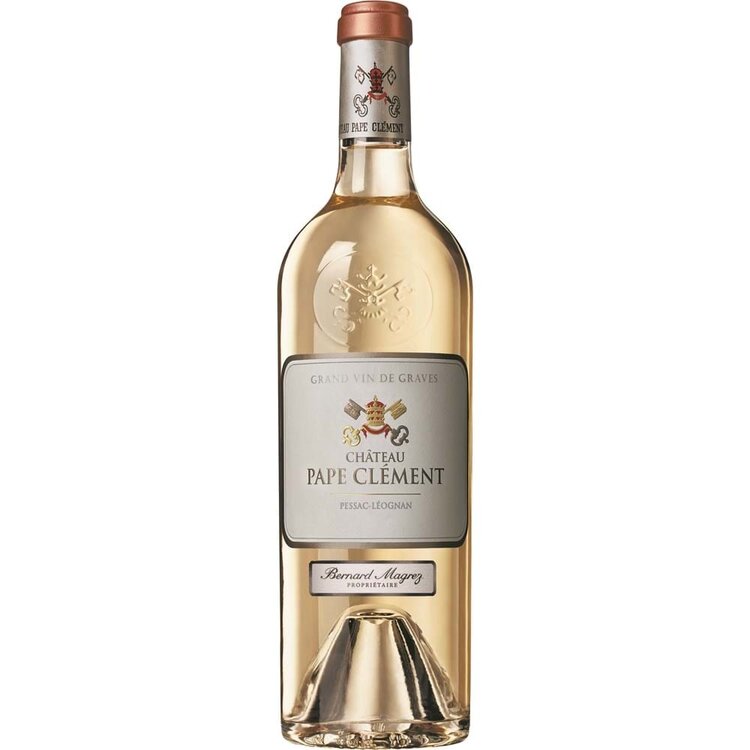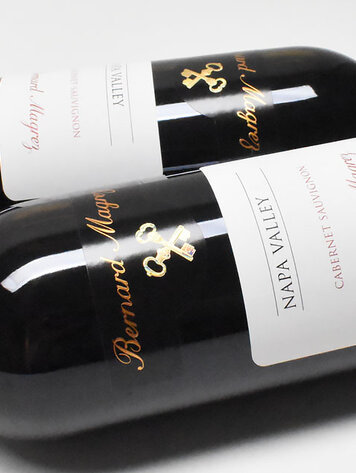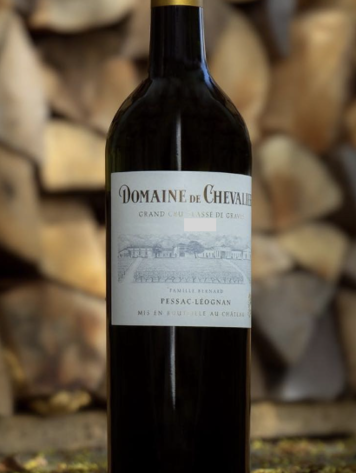98pts James Suckling
Beautiful aromas of lime curd, dried pear, grilled white peach and flint on the nose. So exotic on the nose. Some cream and honey, too. It’s medium-bodied with bright, tangy acidity. Creamy and focused with lingering dried-citrus and crushed-gravel notes. Long. Drink or hold.
96pts Wine Spectator
A beauty from the start, with shortbread, acacia and honeysuckle details leading the way, quickly followed by fennel, tarragon, salted butter and lemon peel notes. Long, focused finish is carried by superfine acidity that puts everything in perfect lock step. Sauvignon Blanc, Sémillon and Muscadelle. Best from 2022 through 2030.
96pts Wine Enthusiast
Always high on the richness scale, this estate’s white wine is vibrant with white fruits and hints of apricots. It is structured with wood aging and a tight texture that shows that the wine needs to age. The wine will be ready to drink from 2023.
96pts Wine Cellar Insider
Rich, juicy, creamy and loaded with Meyer lemon, cut grass, flowers, pomelo and Mandarin orange, the wine just simply tastes and feels great. Lush in texture, with layers of sweet, citrus, yellow tropical fruit and flowers, the dab of honey and vanilla in the finish rounds everything out nicely.
95pts Wine Advocate
The 2018 Blanc is a blend of 57% Sauvignon Blanc, 39% Sémillon and 4% Muscadelle. It was aged for around 14 months in 55% new and 45% second-fill French oak barrels. It races out of the gate with flamboyant scents of pineapple upside-down cake, lemon meringue pie and honey-drizzled peaches, plus suggestions of orange blossoms and yuzu peel. The medium to full-bodied palate has a decadent touch of oiliness to the texture with loads of spicy sparks to the tropical fruit layers, finishing long with a refreshing burst of zestiness. It's a richer expression, for sure, but it really works and it is seriously scrumptious.
94pts The Wine Independent
The white 2018 Pape Clement comes bounding out of the glass with notes of ripe grapefruit and juicy peaches, plus touches of cedar, honeyed toast and struck match. Medium to full-bodied, the palate is lively, with an oily texture and a long, tropical fruit finish.
94pts Jeb Dunnuck
This estate has fashioned a pretty, elegant white in the vintage. Light gold-hued, with lots of pineapple, lemon curd, white flowers, and a touch of honeyed citrus and chalky minerality, the 2018 Château Pape Clement Blanc hits the palate with medium to full-bodied richness, solid depth of fruit, and a great finish. It doesn't match recent great vintages, but it's a balanced, layered, outstanding white to enjoy over the coming decade or so.
93pts Vinous
The 2018 Pape Clément Blanc is quite pretty and understated. Lemon confit, marzipan, white flowers, mint and chamomile all grace this wonderfully expressive dry white from proprietor Bernard Magrez. As with all of these wines, the Blanc is done in a less opulent style than in the past, an approach that works beautifully here.
-Antonio Galloni
92pts Vinous
The 2018 Pape Clément Blanc offers attractive scents of white flower, honeysuckle, tangerine and yellow plum that gently gains intensity with aeration. The palate is well balanced on the entry, displaying a waxy texture, but then it loses a little tension toward the finish. Nutty and smokey, quite forward and just missing the energy conveyed by the aromatics.
-Neal Martin
Winemaker's Notes
Among the best dry whites of Bordeaux and of Pessac Léognan, this wine combines richness, concentration, and finesse. Like for the reds, the aromatic palette is both precise and full, with notes of citrus, green fruit, minerality and fine oak. On the palate, the concentration and length are exceptional. Its potential for long ageing should be used to draw out all its quintessence.
History
Origins
Chateau Pape Clément owes its name to its most illustrious owner. A man of the cloth born in 1264, Bertrand de Goth became Bishop of Comminges, in the Pyrenees Mountains, at the age of 31; he later became Archbishop of Bordeaux in 1299.
He then received as a gift the property in Pessac, the Vineyard de La Mothe. Taken by a passion for the vine, he continually took part personally in equipping, organizing and managing the domain in accordance with the most modern and rational practices. Nevertheless, on 5 June 1305 the cardinals met in a conclave in Pérouse and appointed him to succeed Pope Benedict XI, who had passed away prematurely after only eleven months of reign. Bertrand de Goth took the name of Clement V.
Supported by Philip IV, it was he who decided in 1309 to move the papal court to Avignon, thus breaking with Rome and its battles of influence. During this same period, the weight of his responsibilities led him to relinquish his property, giving it to the Archbishop of Bordeaux. Henceforward, the vineyard was to be known to posterity under the name of this enlightened pope.
The early period
Management under the clergy brings modernity The grateful Church perpetuated Pope Clement's work. Each archbishop in turn turned to modernity and technical progress, to the point of the wine estate becoming a model vineyard. In addition to especially early harvests, which remain one of its special characteristics, Chateau Pape Clément is without a doubt the first vineyard in France to align vine stock to facilitate labour.
After the Revolution
At the end of the 18th century, the Archbishop of Bordeaux was dispossessed of his property. The papal vineyard became part of the public domain.
The 20th century
8 June 1937 was a dark day in the vineyard's history, when a violent hailstorm destroyed virtually the entirety of the estate. Two years later, Paul Montagne bought it and gradually brought it back to life. Thanks to his efforts, the vineyard returned to its former rank and stood up to the surge in urbanization. His descendents, Léo Montagne and Bernard Magrez, perpetuate this secular tradition so that Chateau Pape Clément wines continue to delight the wine-lovers of today and tomorrow.








